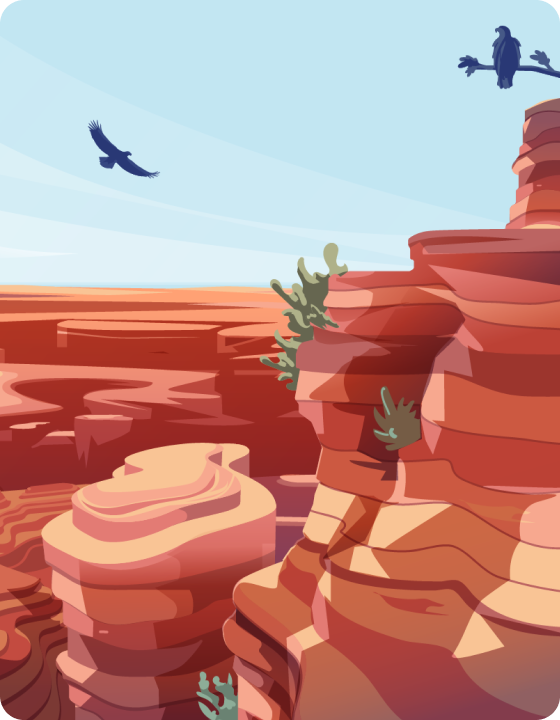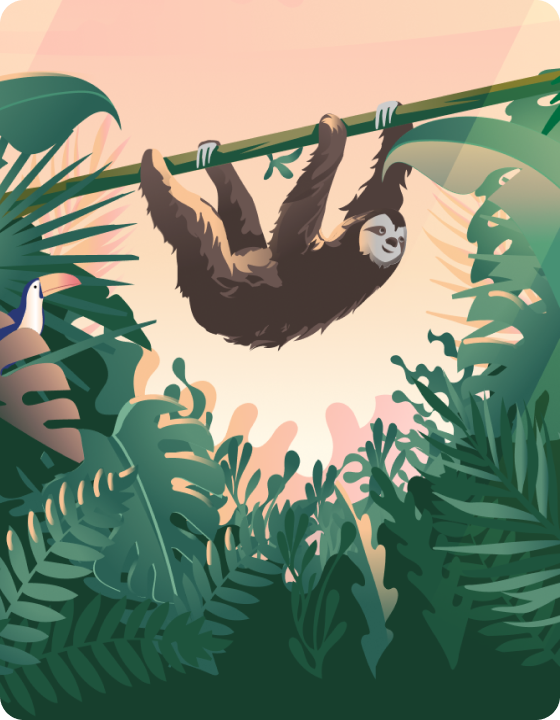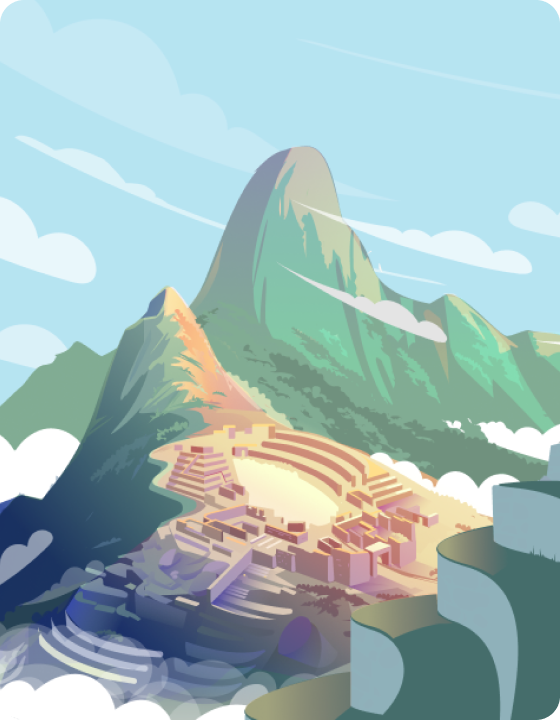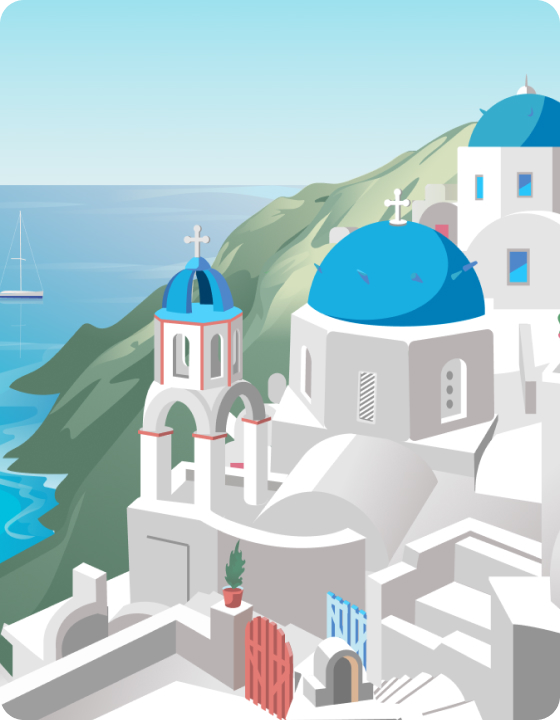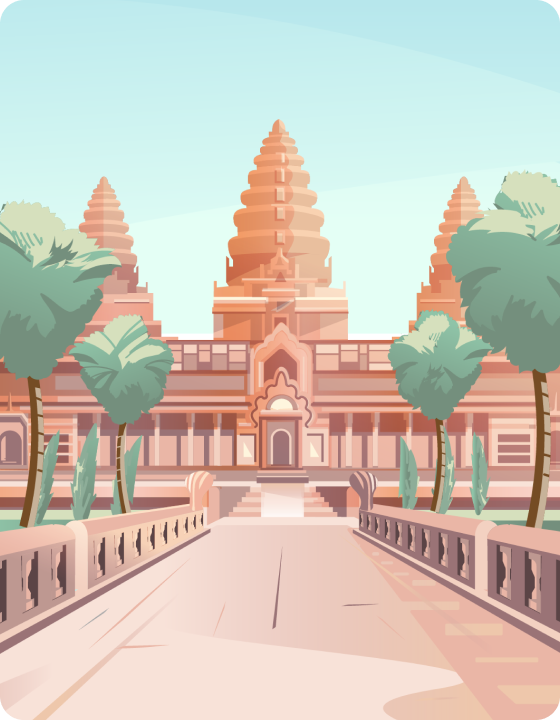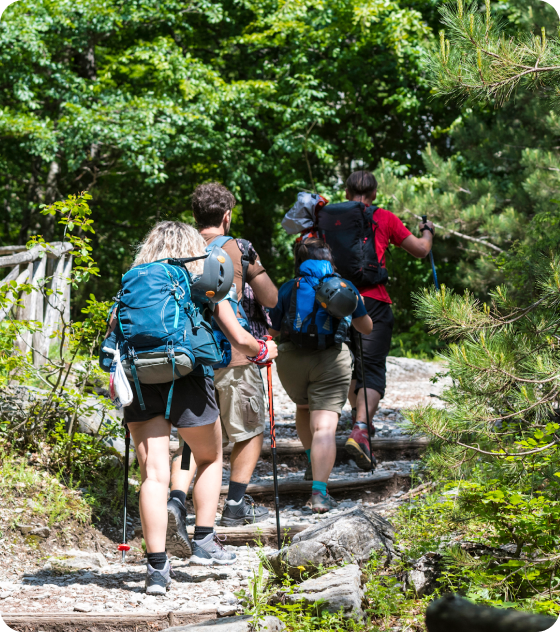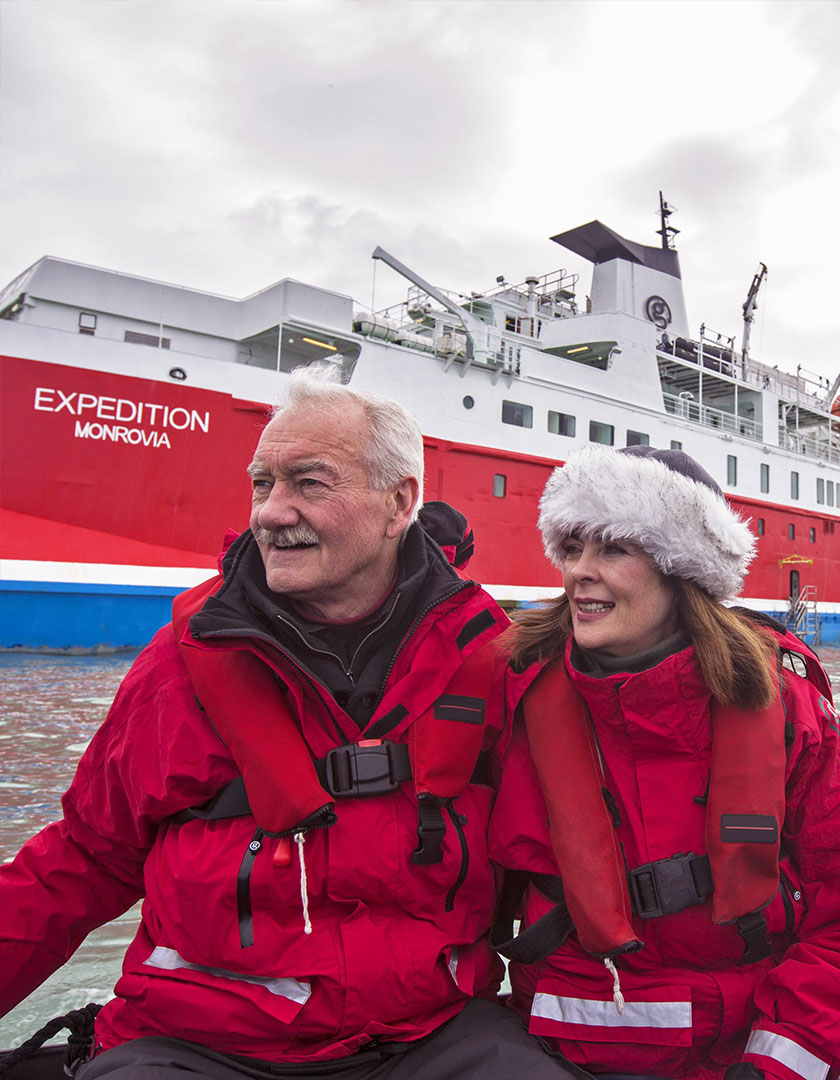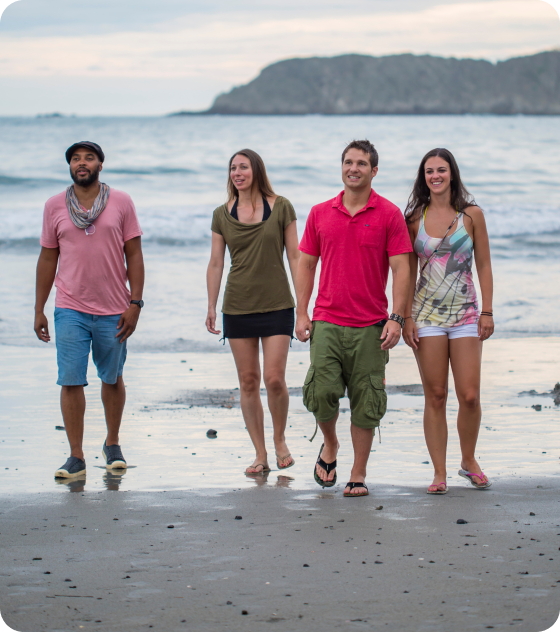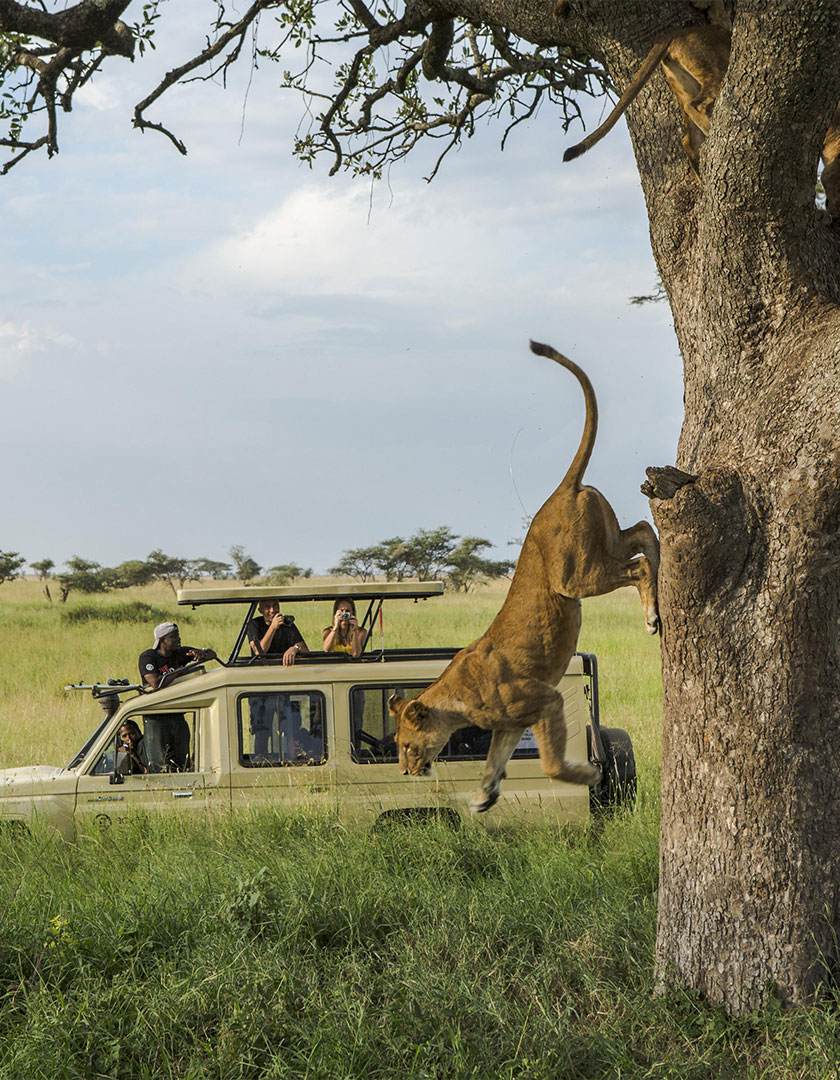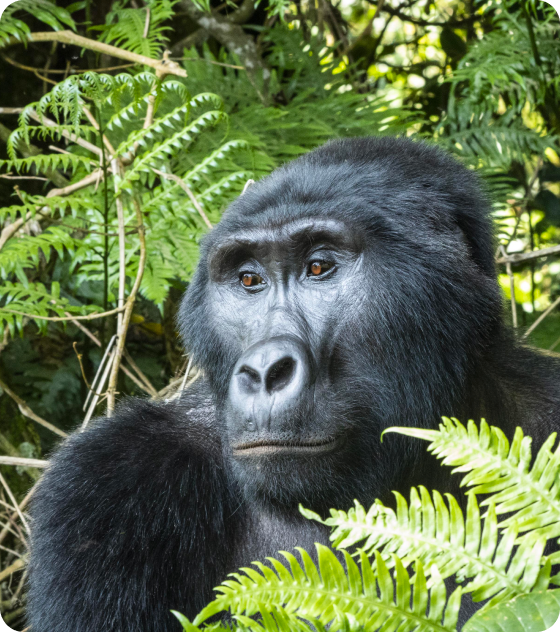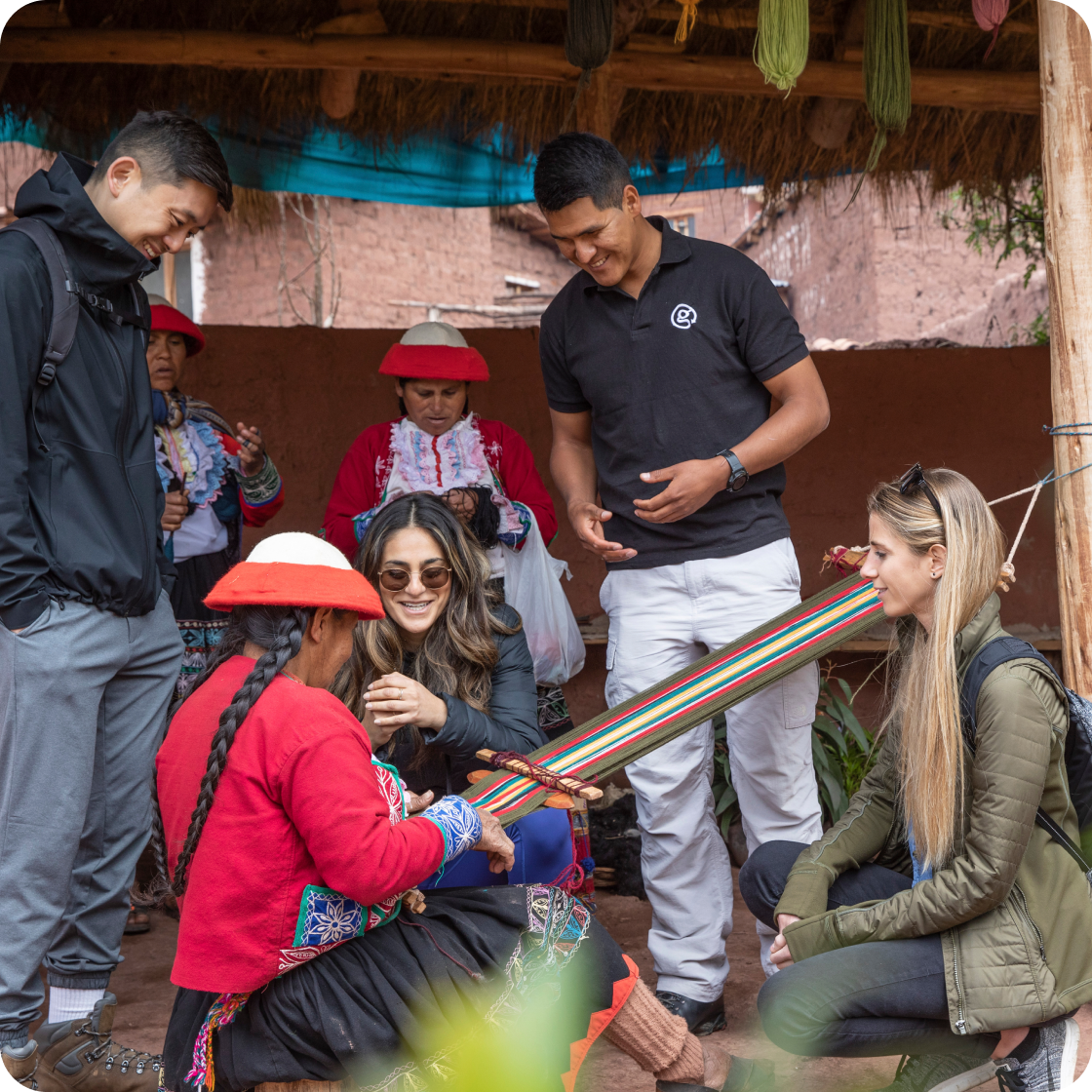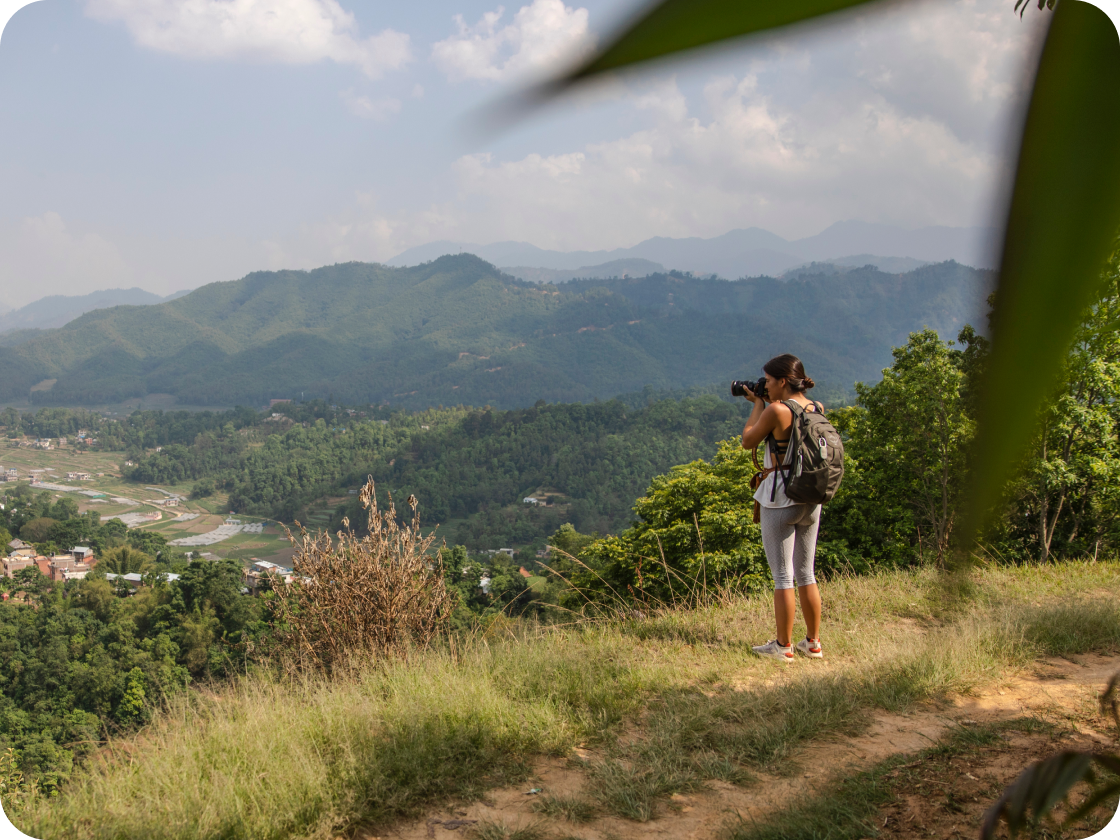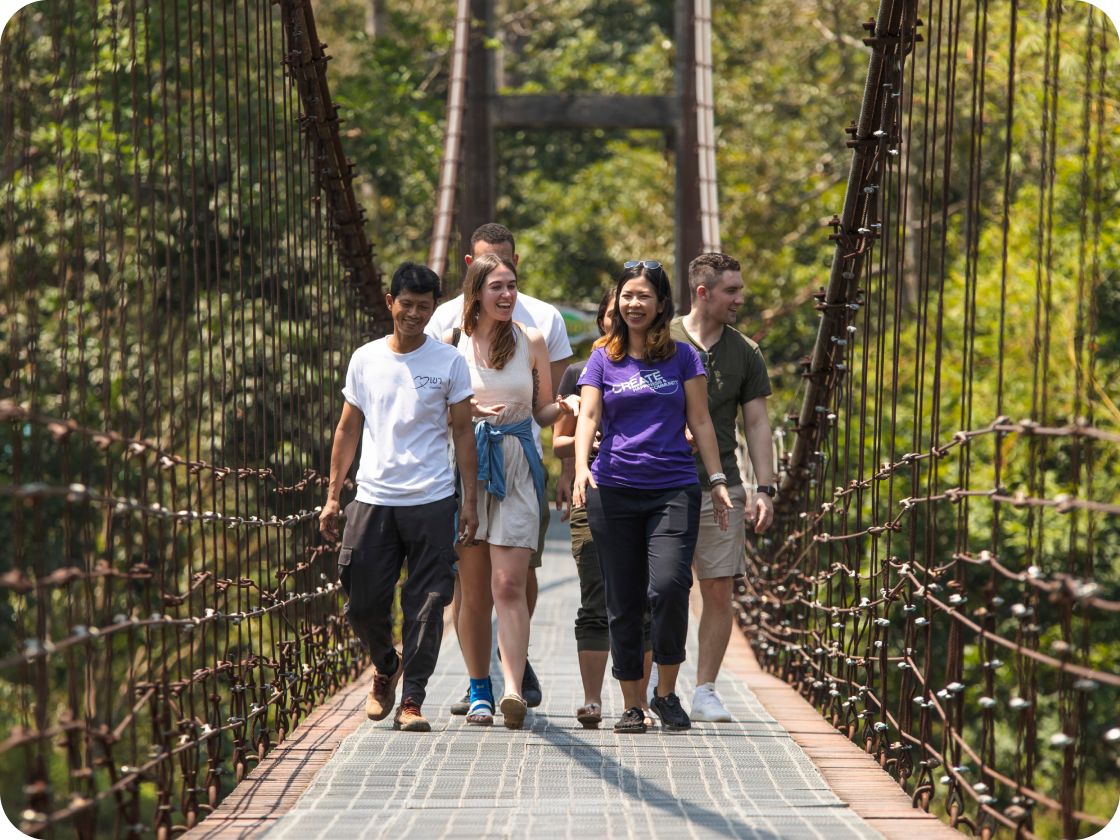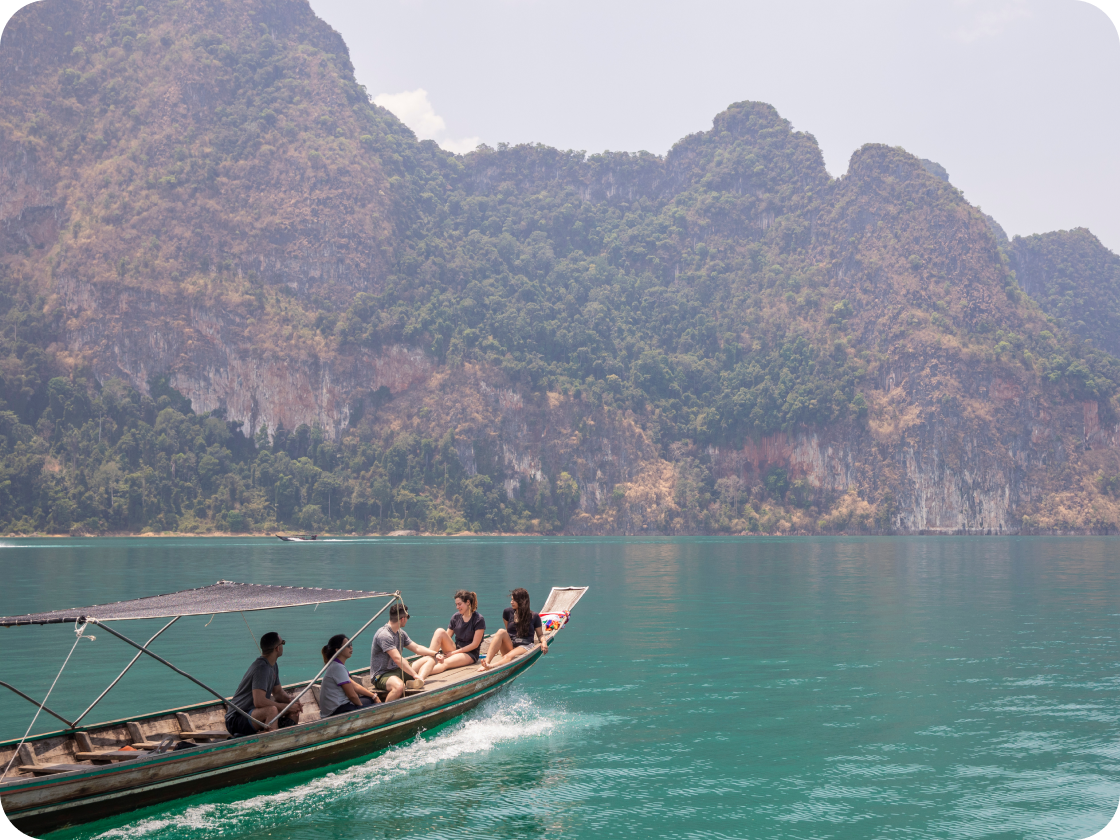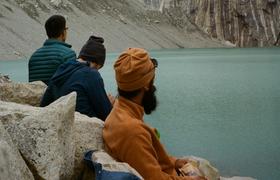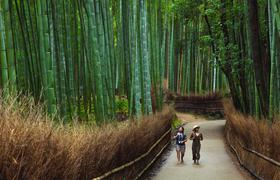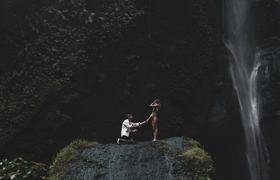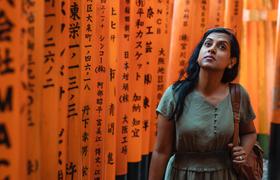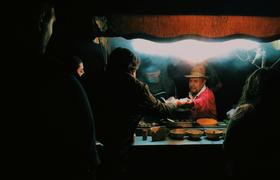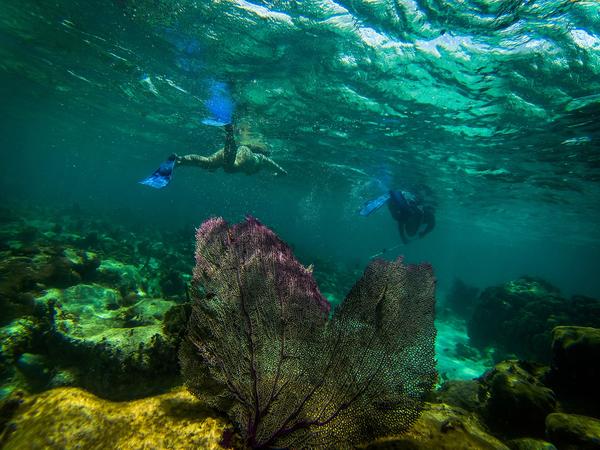
Conquering fears in Belize's iconic Actun Tunichil Muknal cave
Commonly known as the ATM, this cave is full of dips, dives, ancient pottery — and human remains
It's steamy and sunny in San Ignacio, the second-largest city in Belize. Located in the Cayo District, the region is affectionately called “the Wild West” of Belize, and is known for its caves, which are easily accessible by day trips.
There are caves to kayak or tube through, and ones to hike in, but the most talked about in the area is the Actun Tunichil Muknal, or ATM. It's the lodestone for every visitor, in addition to being a historically significant Mayan site best known for its human remains. For this reason — among others — I was nervous about touring them.
When my group and I arrived at the entrance to the Tapir Nature Reserve, we were given helmets and reminded that we will get wet. Then, we walked the short path to the river — our first challenge — to swim across, which was, for me, the easiest part of the tour. We hiked to the cave entrance in the steamy mid-morning heat (it was 38 degrees Celsius, or 100 F) for almost an hour, crossing the river twice more — though the depth was usually closer to our ankles than our necks.
After a quick rest in the shade, we descended one by one into the cave entrance, swimming through cool water to scramble onto the rocks. We spent the next hour walking, wading, swimming, and going over, under, and through rock formations, the cool environment of the caves a surprise (and a welcome respite), considering the sweatbox outside. Our mantra — “Go slow, go low” — was repeated every few minutes, and we stopped periodically to listen to our tour guide explain the cave’s unique geology.
After arriving at a large rock, we were shown how to climb to a small plateau, where we ditched our shoes and continued in sock feet — a way to (literally) reduce the human footprint on the cave — to an area where Mayans held ritual ceremonies centuries ago. Close to 1,000 Maya ceramic artifacts are found in this area — as well as ancient human bones. We were shown a skull with a hole in it that was caused by a visitor dropping a camera five years ago. As a result, no cameras are allowed in the cave — another way to reduce the (literal) impact of tourism.
At one point, every tour group seemed to have arrived, and the cave was illuminated by headlamps. After walking across a long plateau resembling a lava field, we entered the area called “The Cathedral,” and the ceiling height suddenly tripled. We scrambled across several more rock formations, then up a ladder to the raison d'etre of this tour: the Crystal Maiden. The calcified remains of a young girl. The skeleton was so small, and I felt conflicted: sad that she is under constant scrutiny, but thrilled to be in her presence.
Back at the Cathedral, my group found ourselves alone in the immense dark space. We rested for a few minutes, swapping snacks and sharing in the giddy excitement of having made it to see the Maiden. Retracing our steps, we swam and slid through areas we had previously climbed over, our mantra still being repeated and my confidence growing as we approached the sunshine.
We then kicked off a sweltering 45-minute hike back, toward a well-deserved late lunch. The river we’d crossed earlier that morning felt like a tropical swimming pool, and the last swim served as a reward for completing the ATM.
